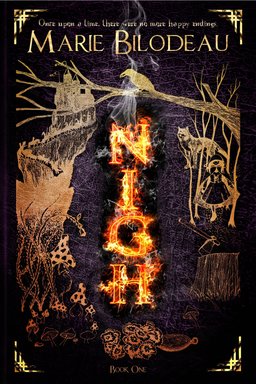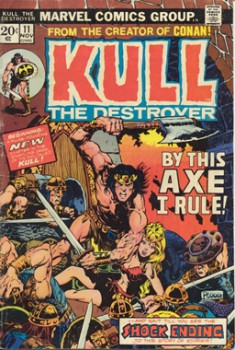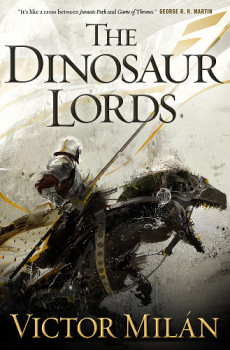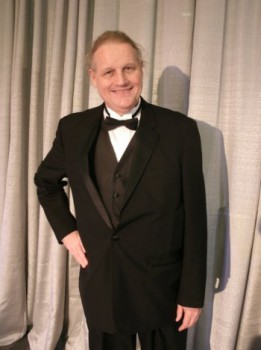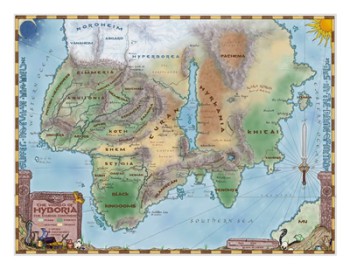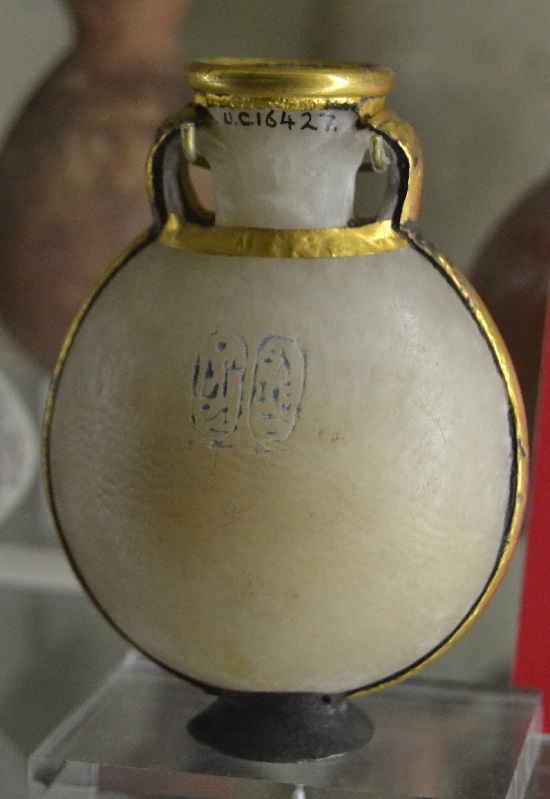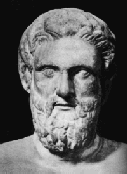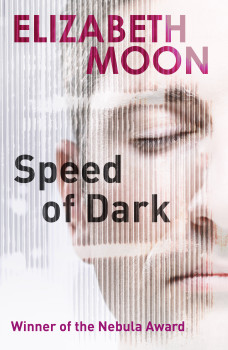 While wandering the aisles of Powell’s Books in Portland, Oregon – the kind of store that first leaves my jaw on the floor, then leaves my irises doing swirls straight out of an animated Warner Brothers short – I found myself in the Fantasy & Sci-Fi aisle.
While wandering the aisles of Powell’s Books in Portland, Oregon – the kind of store that first leaves my jaw on the floor, then leaves my irises doing swirls straight out of an animated Warner Brothers short – I found myself in the Fantasy & Sci-Fi aisle.
Can’t imagine how that happened. Especially when my shopping list could also have led me to Photography, Sports (Tennis), Literature, Horror (Anthologies), and “Unisex Apparel.” Suffice it to say that I wound up face to face with my old buddy, Elizabeth Moon. Plenty of space opera on those shelves, sure, but also the various editions of the trilogy that made her name, her Deed Of Paksennarion series, together with the two less popular follow-ups, Surrender None and Liar’s Oath.
Then came the surprises. Turns out, Ms. Moon has resurrected Paks’s world, and some few of the characters from the various Paksennarion books in Oath Of Fealty, Kings Of the North, etc.
I was sorely tempted. I was. But in the end, I decided to let my fond memories remain exactly that: fond memories. As books with second-world settings go, and especially of the sword-swinging variety, I rate the Paksennarion trilogy very highly indeed, and as for Surrender None, well, I flat out love it.
The risk of spoiling all those warm recollections was just too great.
Even so, I would have picked up one of those newer titles – risk be damned, you only live once – but then I chanced upon a Moon title that didn’t seem to fit with her other work. The cover was different, for one thing. Not illustrative. Conceptual. No high fantasy or space opera here. No, indeed. But it had to be speculative fiction of some sort, since this unlikely loner of a book, The Speed Of Dark, had won the 2004 Nebula Award.
…
Read More Read More

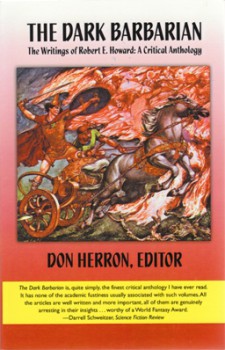

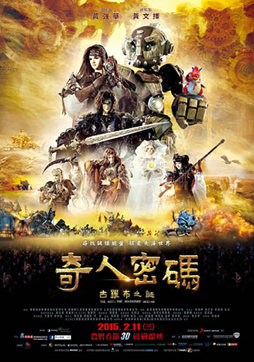 Some days at the Fantasia Festival I find a common theme among the movies I see. And some days I don’t. Sometimes the day’s movies are simply a wonderfully strange mix of things each wonderfully strange in themselves. Bearing that in mind, let’s jump into what I saw on Sunday, July 19.
Some days at the Fantasia Festival I find a common theme among the movies I see. And some days I don’t. Sometimes the day’s movies are simply a wonderfully strange mix of things each wonderfully strange in themselves. Bearing that in mind, let’s jump into what I saw on Sunday, July 19.